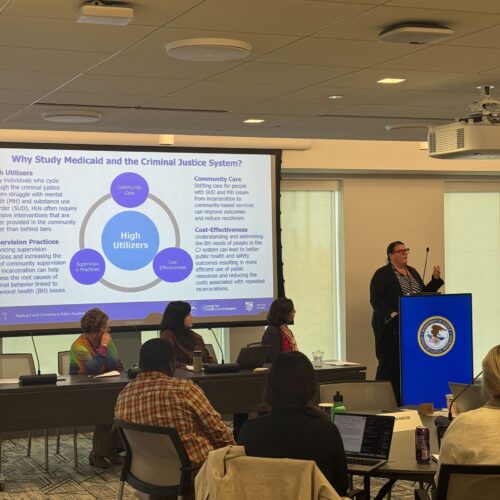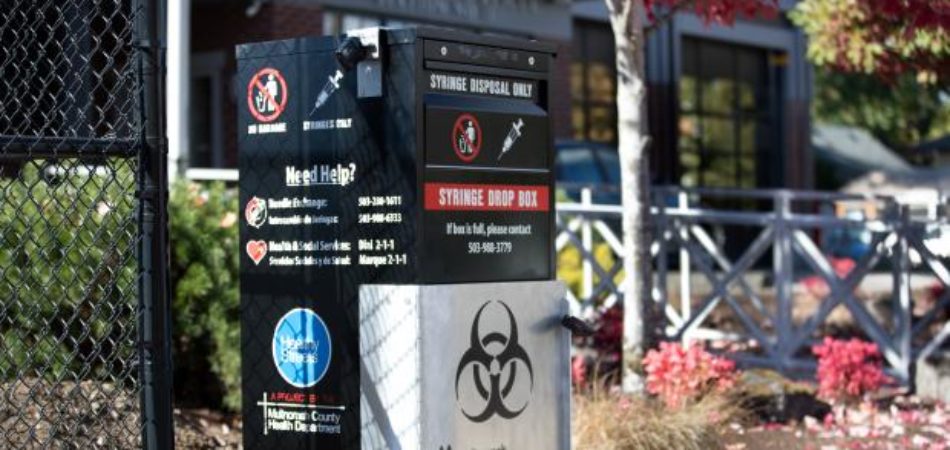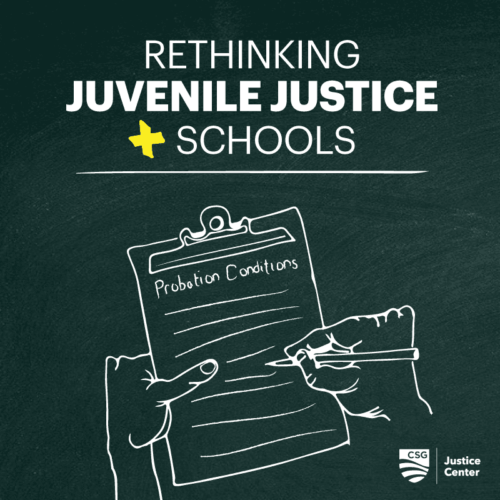
Rethinking Juvenile Justice and Schools
How Students Can Suffer When Cutting Class is Treated as a Crime
Part 1 of 2
Policy Recommendations
Jurisdictions should examine their responses to truancy and identify opportunities to adopt more research-based, developmentally appropriate approaches for helping youth who skip school to avoid the juvenile justice system and stay in class.
Five concrete policy, practice, and funding strategies for policymakers and juvenile justice and education leaders to consider include:
1. Evaluate Current Policies
Reconsider whether legislative and administrative policies that allow youth to be arrested and/or referred to juvenile or other types of courts solely because of school attendance challenges is the most effective approach. Approximately half of states have decriminalized truancy in some manner.
2. Designate Leadership
Designate primary responsibility for addressing truancy to agencies and organizations whose core mission and expertise is focused on education and youth development (schools, youth and family service systems, and community-based organizations) rather than public safety (police, courts, and probation), and allocate the necessary resources accordingly.
3. Focus Interventions
Regardless of the entity responsible, focus truancy interventions on partnerships with youth, families, and communities to assess and address the underlying needs driving youth’s school engagement challenges rather than a punitive approach reliant on mandatory attendance orders and compliance checks that doesn’t address the root cause of an individual’s truancy or foster long-term behavior change. Given the paucity of research on evidence-based truancy interventions, jurisdictions should emphasize this individualized approach as well as invest in interventions such as cognitive behavioral and family therapy that have proven effective more generally at improving outcomes for youth involved or at risk of involvement with the juvenile justice system.
4. Establish Realistic Goals
Establish realistic goals for truant youth’s attendance improvements rather than strict, mandatory daily attendance orders that set youth up for failure given that adolescents are developmentally wired to act impulsively and not consider the long-term consequences of their actions.
5. Use Incentives
Establish a formal system of incentives and developmentally appropriate graduated responses as the primary tools to motivate attendance behavior change rather than sanctions, such as probation, detention, or home confinement, that research shows are costly and ineffective.
When returning to their communities from criminal justice settings, people with behavioral health needs face barriers in accessing…
Read MoreNew Hampshire Department of Corrections Commissioner Helen Hanks presents at the Medicaid and Corrections Policy Academy in-person meeting.
Read More Assigned to the Cloud Crew: The National Incarceration Association’s Hybrid Case Management for People with Behavioral Health Needs
Assigned to the Cloud Crew: The National Incarceration Association’s Hybrid Case Management for People with Behavioral Health Needs
When returning to their communities from criminal justice settings, people with behavioral health needs face barriers in accessing basic needs—including food, housing, employment, transportation, education, clothing, and substance use and mental health services—which increases their risk of experiencing a crisis.
Read More Meet the Medicaid and Corrections Policy Academy Mentor States
Meet the Medicaid and Corrections Policy Academy Mentor States
New Hampshire Department of Corrections Commissioner Helen Hanks presents at the Medicaid and Corrections Policy Academy in-person meeting.
Read More Taking the HEAT Out of Campus Crises: A Proactive Approach to College Safety
Taking the HEAT Out of Campus Crises: A Proactive Approach to College Safety
The sharp rise in school shootings over the past 25 years has led school officials across the U.S. to take a closer look at ways to keep students safe. For Chaffey College in Rancho Cucamonga, California, a tragic incident at a nearby university hit close to home and spurred campus leaders to revisit their own school’s threat assessments and crisis responses.
Read More New Smart Supervision Resident Analyst Program to Increase Supervision Agencies’ Data Analysis Capacity
New Smart Supervision Resident Analyst Program to Increase Supervision Agencies’ Data Analysis Capacity
Ideally, leaders would have actionable data readily available to them when they need it most. However, many agencies encounter significant challenges related to procuring accurate, consistent, and timely data, often grappling with outdated systems and inadequate tools.
Read More From 911 to 988: Salt Lake City’s Innovative Dispatch Diversion Program Gives More Crisis Options
From 911 to 988: Salt Lake City’s Innovative Dispatch Diversion Program Gives More Crisis Options
A three-digit crisis line, 988, launched two years ago to supplement—not necessarily replace—911. Calling 988 simplifies access to services when people are seeking help for themselves or loved ones with suicidal thoughts, behavioral health concerns, or substance use-related crises.
Read More












